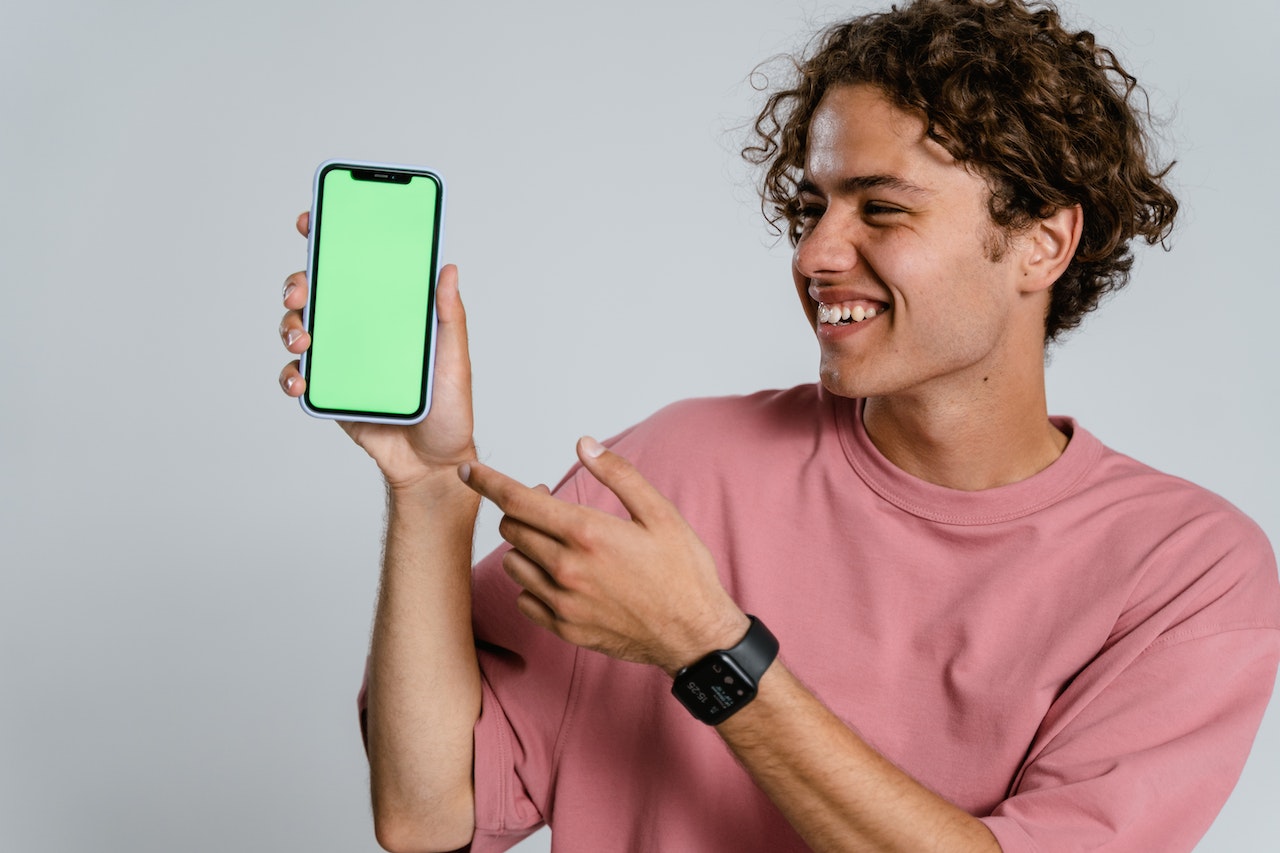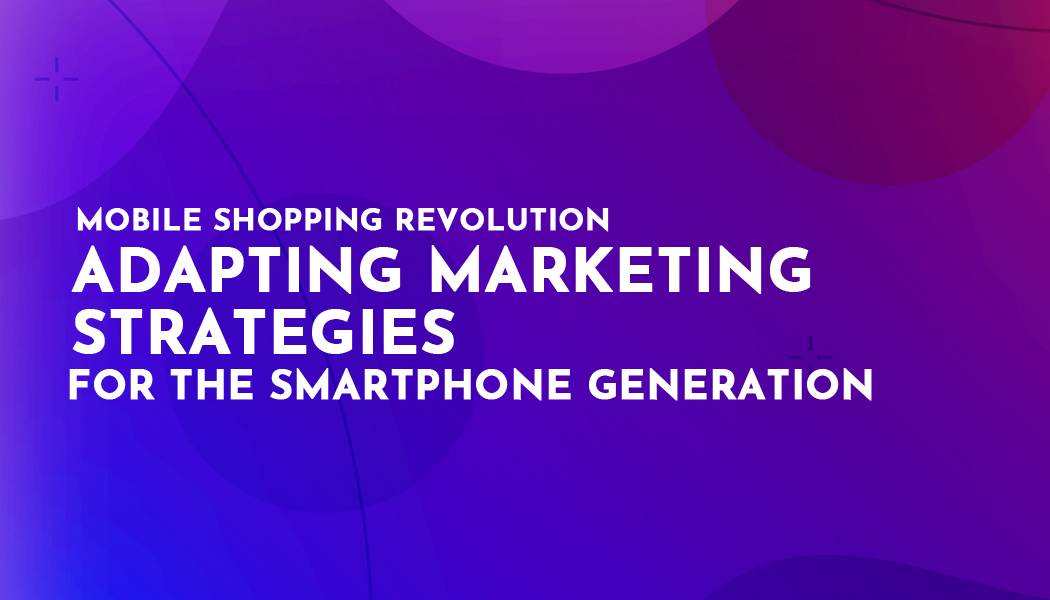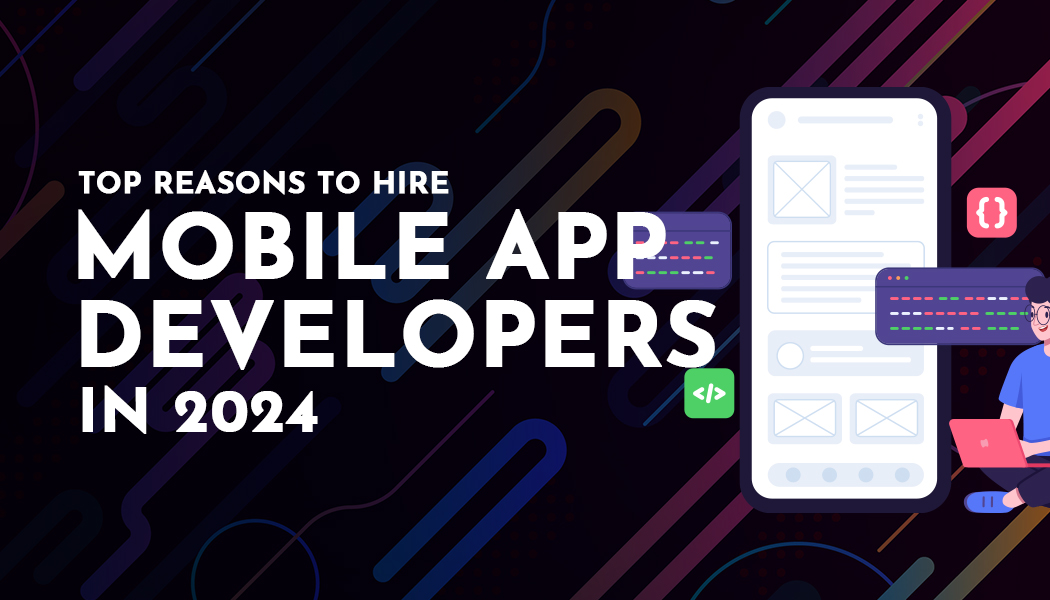Mobile Shopping Revolution: Adapting Marketing Strategies For The Smartphone Generation
The widespread use of smartphones has given rise to a new age of mobile shopping, as an increasing number of consumers rely on their devices to research, browse, and buy products. In order to stay competitive in this dynamic and constantly changing landscape, businesses must modify their marketing strategies to address the distinct needs and desires of the smartphone generation.
This comprehensive guide will delve into the major trends driving the mobile shopping revolution and outline how businesses can effectively adjust their marketing approaches to flourish in this new context.

Mobile-First Design
As mobile devices increasingly become the primary point of access for online shopping, businesses must prioritize a mobile-first design approach to ensure a seamless and enjoyable user experience; a great example can be found at Temu.
This includes creating responsive websites that automatically adjust to fit different screen sizes, optimizing page load speeds, and simplifying navigation to cater to touchscreens.
By putting mobile users at the forefront of their design strategy, businesses can create a shopping experience that meets the demands of the smartphone generation.
Mobile Payment Solutions
The rise of mobile shopping has led to an increased demand for quick, convenient, and secure payment options.
By integrating mobile payment solutions such as digital wallets, one-click purchasing, and contactless payment options, businesses can streamline the checkout process and encourage impulse purchases.
Offering a variety of payment methods also caters to the diverse preferences of mobile shoppers, ensuring a frictionless experience that can drive higher conversion rates.
Personalization And AI-driven Recommendations
Smartphone users have come to expect personalized experiences that cater to their individual needs and preferences. By leveraging artificial intelligence (AI) and machine learning algorithms, businesses can analyze user behavior, purchase history, and browsing patterns to deliver tailored product recommendations, promotions, and content.
This not only enhances the mobile shopping experience but also fosters customer loyalty and increases the likelihood of repeat business.
Location-Based Marketing
With the ubiquity of smartphones, location-based marketing has emerged as a powerful tool for businesses looking to connect with customers in real-time.
By utilizing geolocation data, businesses can send targeted promotions, discounts, and notifications to users based on their proximity to a physical store or event. This not only helps to drive foot traffic but also provides a highly relevant and timely marketing message that can improve conversion rates.
Social Media Integration
The smartphone generation is heavily engaged in social media, making it an essential platform for businesses looking to connect with their target audience. By integrating social media into their mobile marketing strategy, businesses can encourage user-generated content, foster brand advocacy, and drive engagement.
This includes utilizing social media advertising, creating shoppable posts, and leveraging influencers to promote products and services.
Augmented Reality (AR) And Virtual Reality (VR)
The widespread adoption of smartphones has made AR and VR technologies more accessible than ever, presenting new opportunities for businesses to enhance the mobile shopping experience.
By incorporating AR and VR into their marketing strategies, businesses can provide customers with immersive product demonstrations, virtual try-ons, and interactive store tours, bridging the gap between the online and offline worlds.
In-App Messaging And Push Notifications
In-app messaging and push notifications offer businesses a direct line of communication with their mobile users, allowing for timely and relevant marketing messages. By segmenting their audience based on demographics, preferences, and behavior, businesses can send targeted notifications that drive engagement and conversions.
However, it is essential to strike a balance between engaging users and avoiding notification fatigue, ensuring that messages are relevant and valuable to the recipient.
In Conclusion
The ongoing mobile shopping transformation demands businesses to adjust their marketing tactics to cater to the specific requirements and expectations of smartphone users. Focusing on mobile-centric design, incorporating various mobile payment options, employing personalization, and embracing location-based marketing are just a few of the essential strategies to consider.
Furthermore, integrating social media, harnessing AR and VR technologies, and utilizing in-app messaging and push notifications can significantly enhance user engagement and brand loyalty. By staying agile and adapting to these trends, businesses can successfully navigate the mobile shopping landscape and meet the ever-evolving demands of today's smartphone-savvy consumers.



